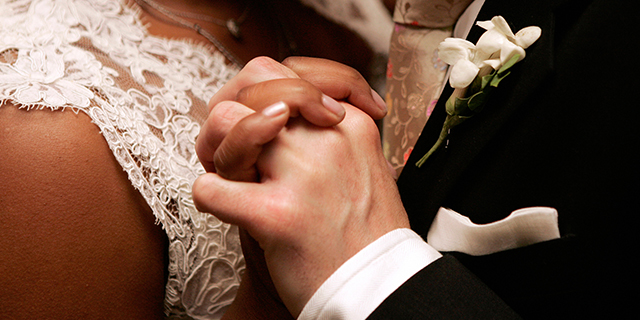Racism, Stigma and Self-Discovery: the ‘Brown Babies’ of World War IIPosted in History, Live Events, Media Archive, United Kingdom on 2017-05-23 17:33Z by Steven |
Racism, Stigma and Self-Discovery: the ‘Brown Babies’ of World War II
Lucy Bland, Professor of Social and Cultural History
Anglia Ruskin University, Cambridge
Birkbeck, University of London
Malet Street
Room B34
London WC1E 7HX
United Kingdom
Wednesday, 2017-06-07, 18:00–21:00 BST (Local Time)
Of the 3 million US serviceman who passed through Britain during World War 11, up to 10% were African-American. Many of these black GIs had relationships with local women, resulting in the birth of an estimated 2,000 mixed-race babies. These children were subjected both to the stigma of illegitimacy (for the US army forbade marriage between black GIs and white British women) and racism in what was then a very white country.
Whether kept by mother or grandmothers, or sent to children’s homes, the ‘brown babies’, as the African-American press termed them, generally grew up knowing next to nothing about their fathers, thereby experiencing an acute sense of lack. Now in their early 70s, many have subsequently searched for their fathers and their American relatives. Drawing on oral history (interviews with 38 ‘brown babies’) the talk will explore their journey from frequently difficult…
For more information, click here.






